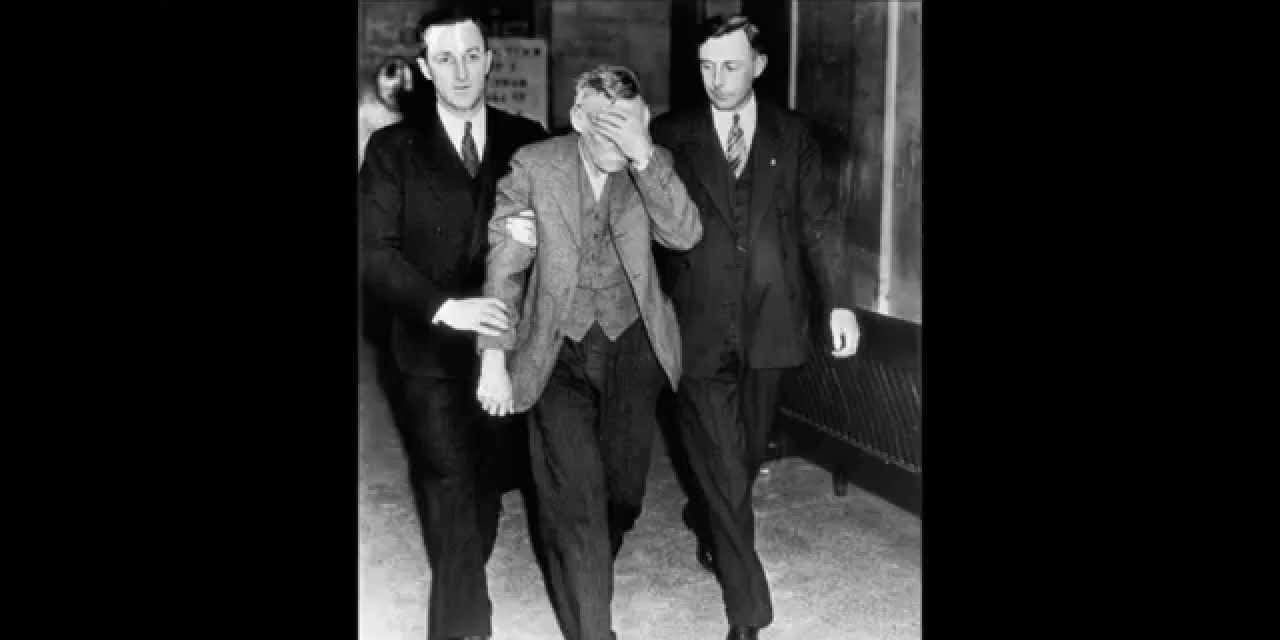Crime truly does not discriminate when it comes to the weird, the strange, and the perverse. Sometimes criminals will have a motivation, but sometimes the lack of motivation is the factor that compels us to look closely instead of looking away. Check out the 5 true crime stories below.

1. Albert Fish
Albert Fish is an American serial killer who earned the title (and maybe helped coin it) “The Boogey Man.” He was born on May 19th, 1870. A child rapist and a cannibal, Fish claimed he had a child in every state. He was a suspect in five murder cases and he admitted to murdering three people. It was the trail of the murder of Grace Budd in 1928 that resulted in Fish’s execution.
Fish’s family had a long history of mental illness. His uncle suffered from mania. His brother and sister both suffered from “mental afflictions” and his mother suffered hallucinations. When Fish’s father, died his mother placed him in an orphanage where he was often abused. After a stint as a male prostitute in New York City, Fish’s mother arranged a marriage for him. He then had six children.
When a male lover took Fish to a museum and he saw a bi-section of the male anatomy, he became obsessed with mutilation. He confessed to mutilating a disabled lover, left him $10, kissed him goodbye, and never found what became of him. Fish’s wife eventually left him and the children in 1917. After that, Fish said he had hallucinations, and that apostles and other religious figures would come and speak to him. Fish later said it was God who was commanding him to murder and torture children (although it was thought he never abused his own kids).
In a letter, Fish confessed to the crime that would lead to his execution. He wrote the mother of Grace Budd the following: “We had lunch. Grace sat in my lap and kissed me. I made up my mind to eat her, on the pretense of taking her to a party. You said Yes she could go.” The letter Fish sent led police to him and subsequently to his arrest and execution in Ossining, New York in 1936.

